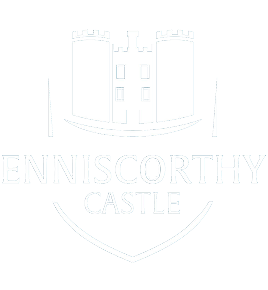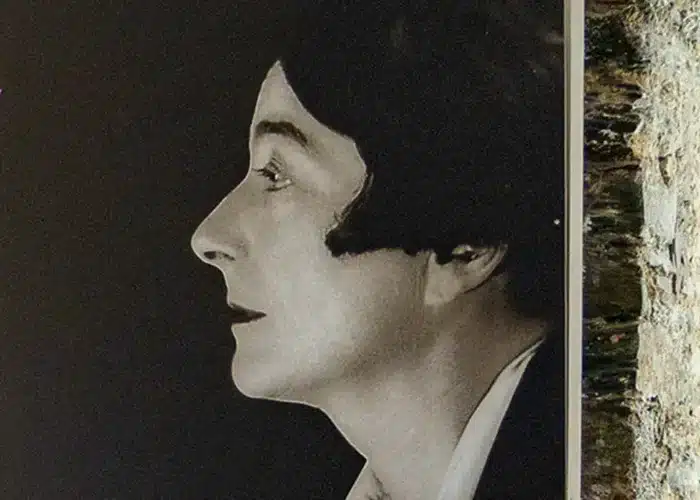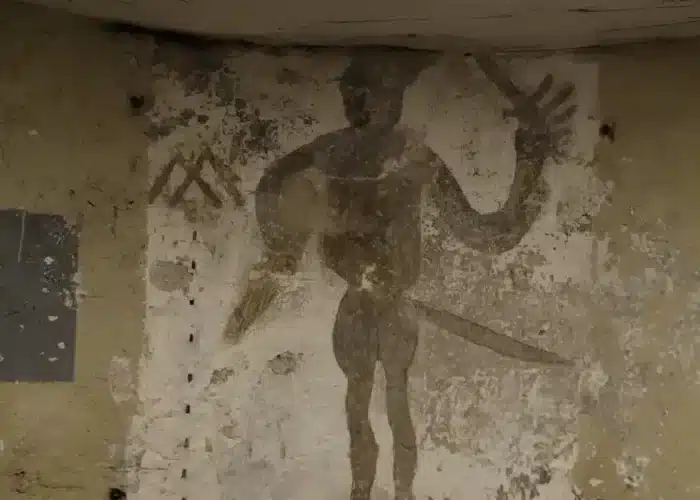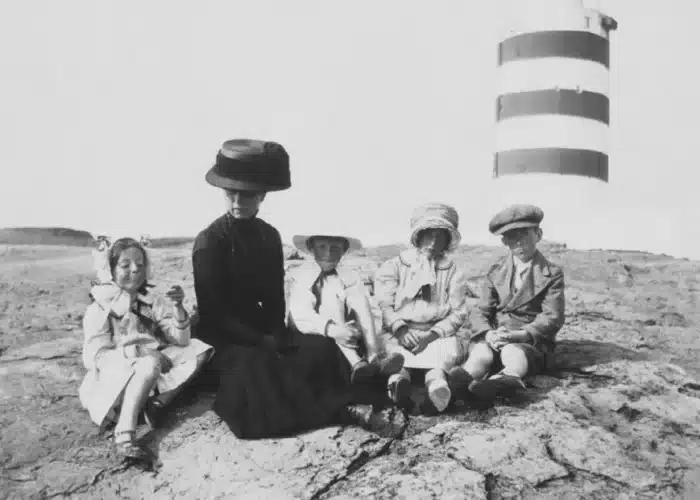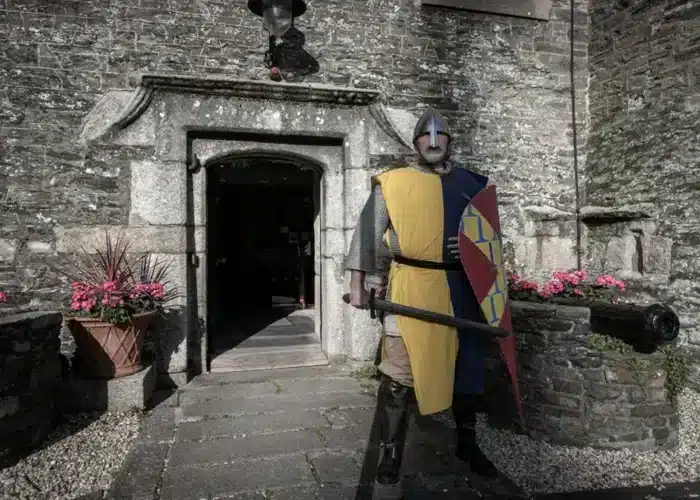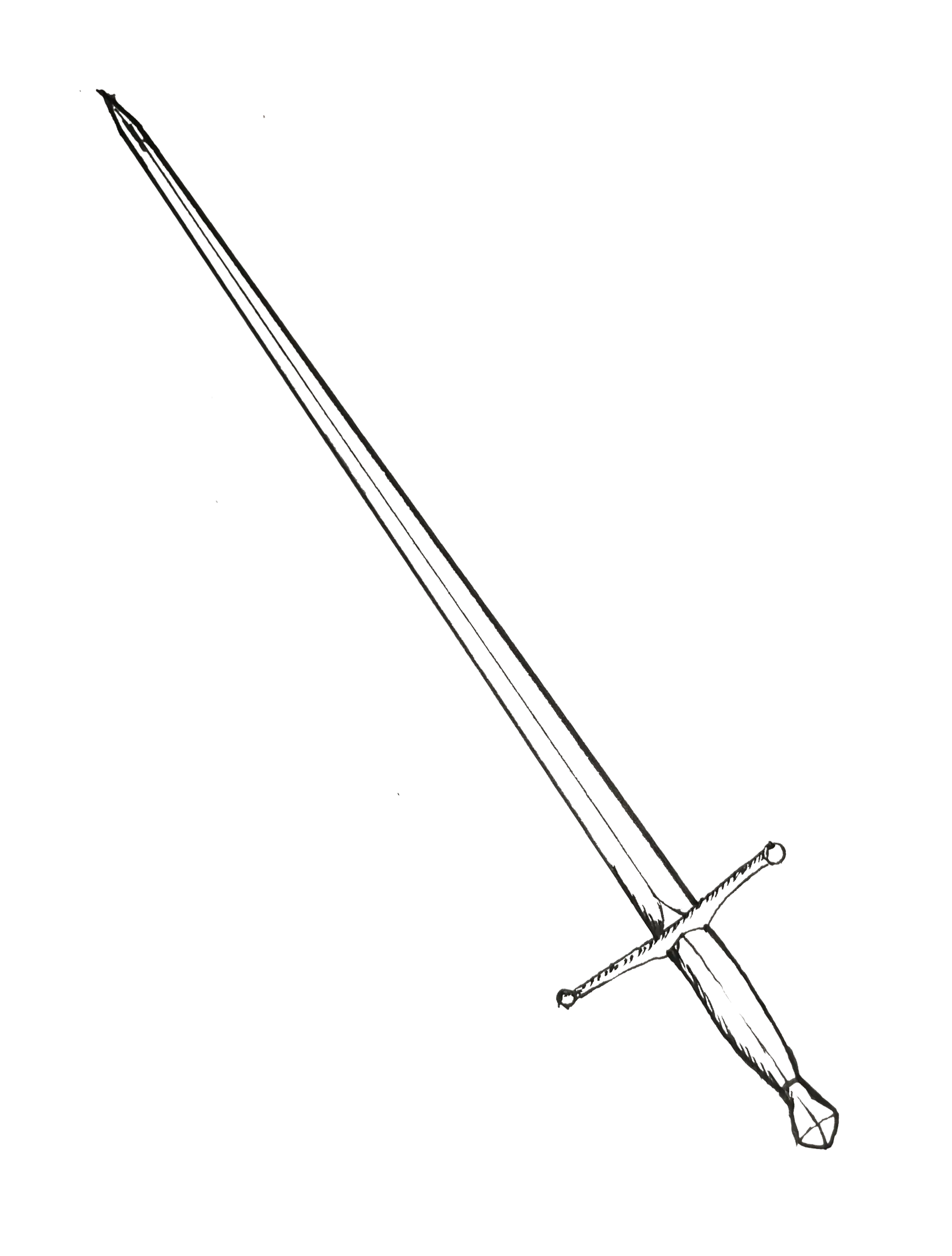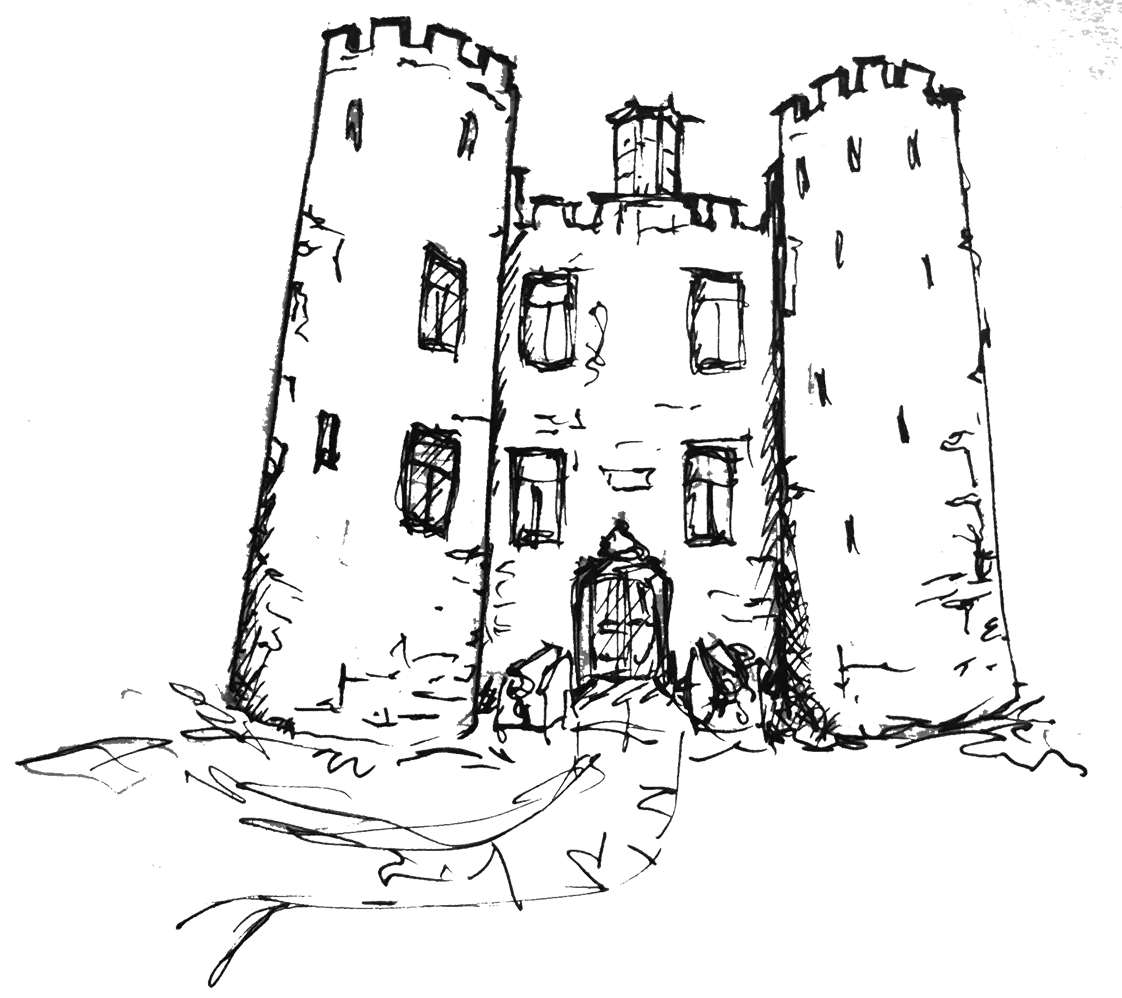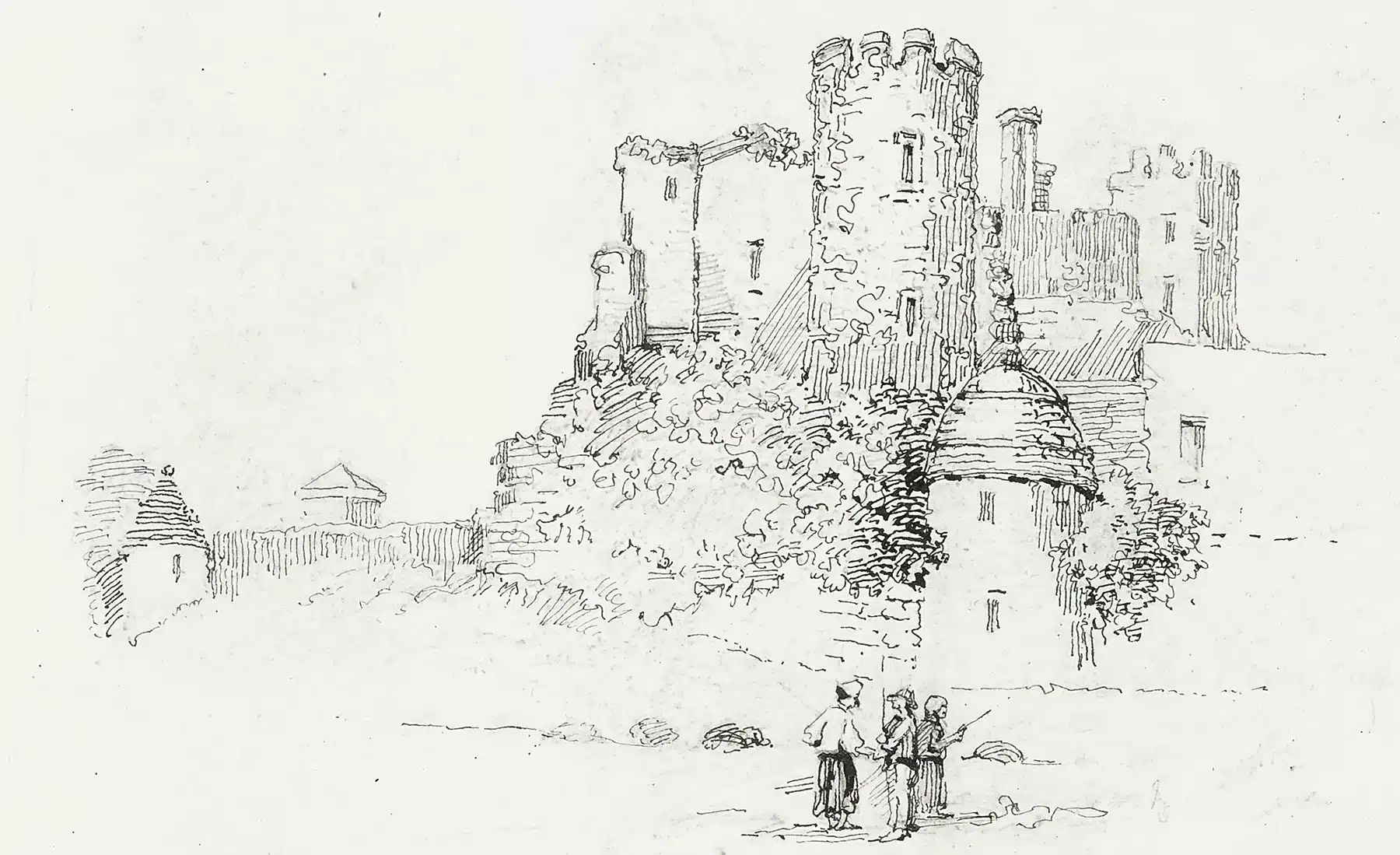

 Enniscorthy Castle through the Ages
Enniscorthy Castle through the Ages

From the landing of Norman knights to the might of Gaelic Kings, from the strongmen of the English court to merchants of the industrial age, explore the fascinating history of a town and its Castle
Enniscorthy Castle Timeline
Twelfth century through to the twenty-first century, unfolding before us
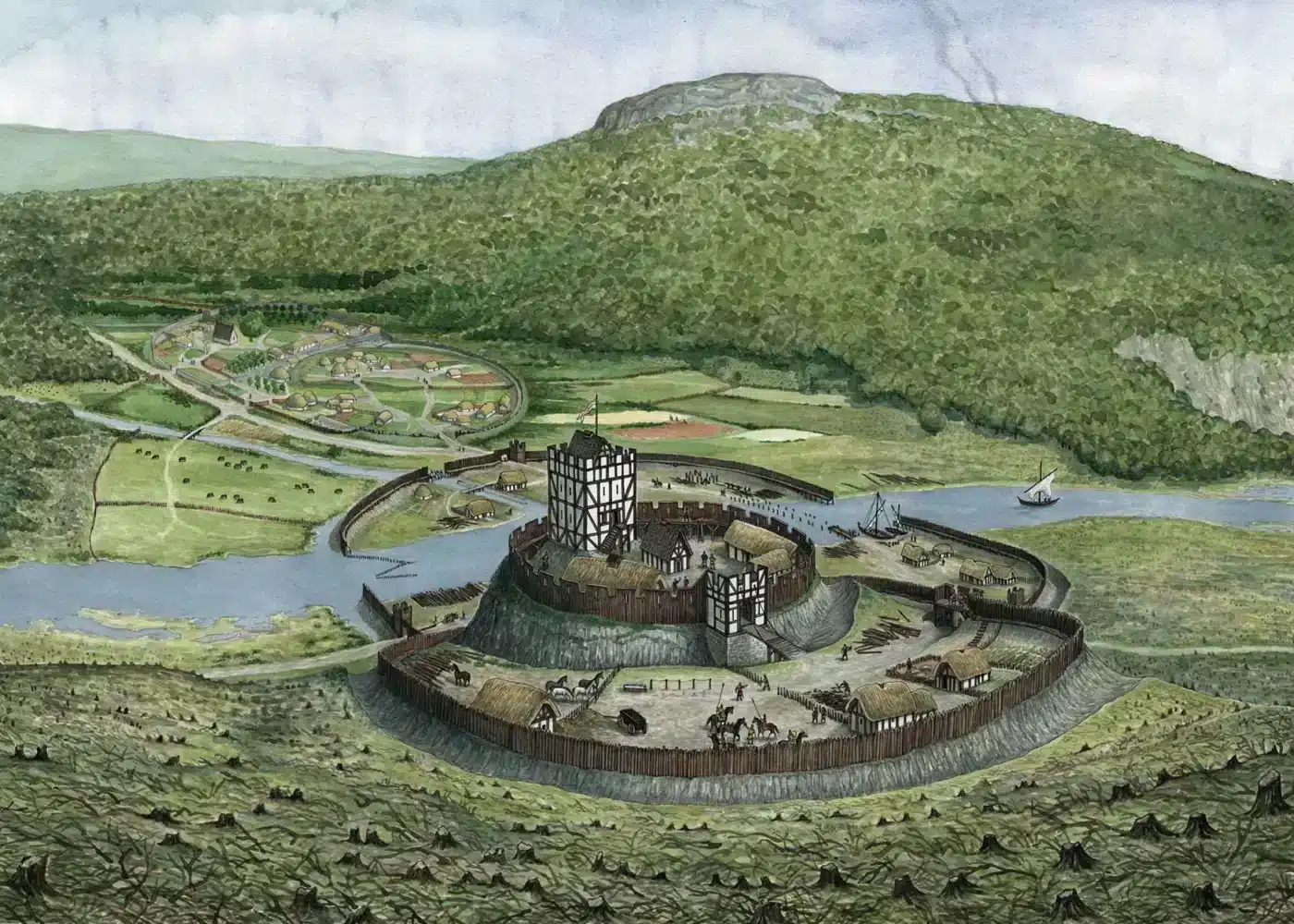
1190
Maud de Quency (granddaughter of the famous Strongbow) marries Philip de Prendergast (son of Anglo-Norman Knight Maurice de Prendergast). They reside at Enniscorthy Castle from 1190 to his death in 1229. From that time until the 1370’s, their descendants, and other Anglo-Norman families, rule the Duffry and reside in Enniscorthy Castle.

1375
The fief (a defined area of land or territory) of the Duffry and Enniscorthy Castle are forcefully retaken by Art MacMurrough Kavanagh who regains his ancestral lands. This marks a time of Gaelic Irish revival. The MacMurrough Kavanagh dynasty rule until they eventually surrender the Castle and lands to Lord Leonard Grey in 1536. At this time Enniscorthy Castle is reported be in a ruined condition.
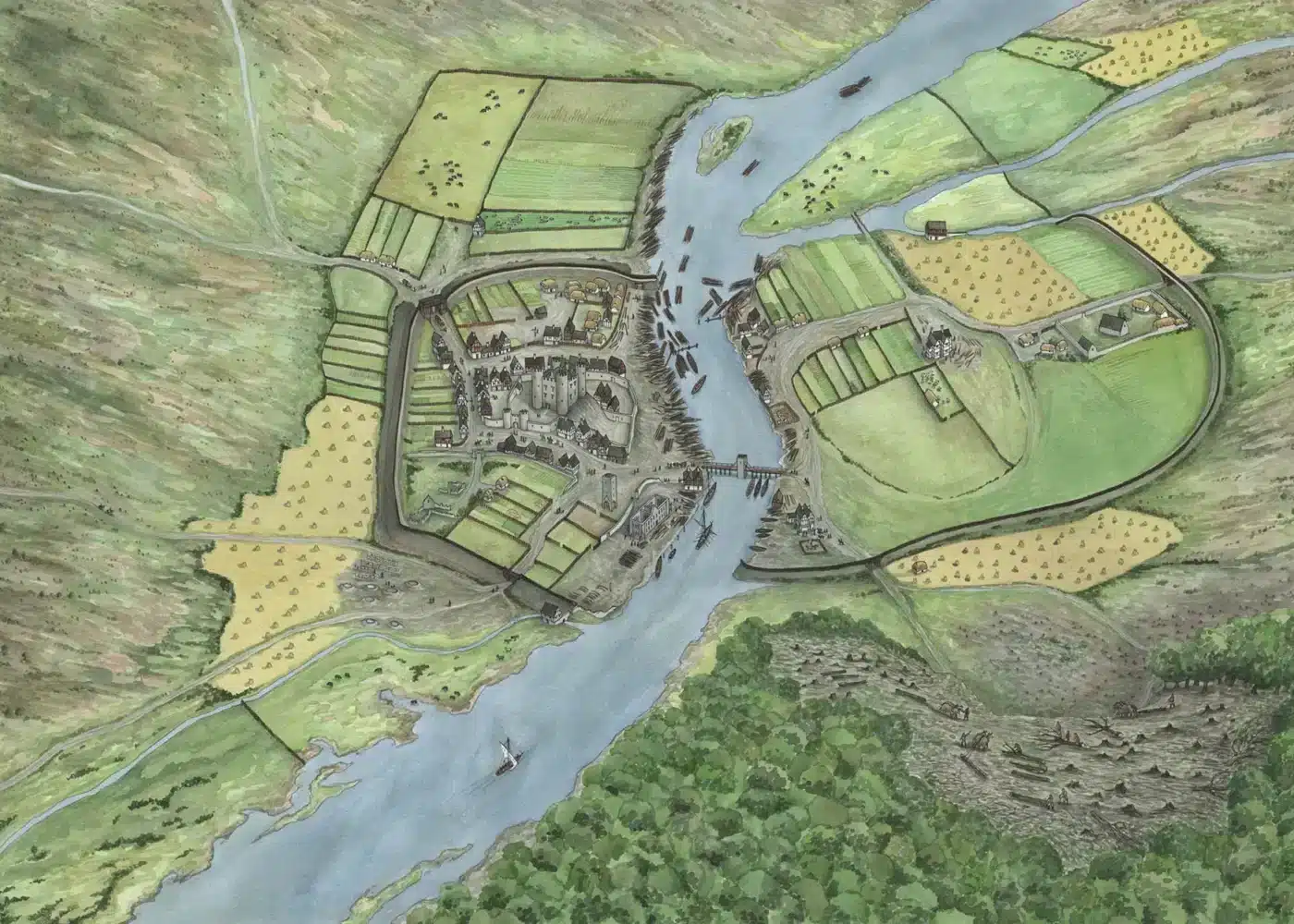
1569
The Butlers of Kilkenny and the Earl of Kildare lead a raid on Enniscorthy town on a fair day, killing numerous civilians and burning the castle.
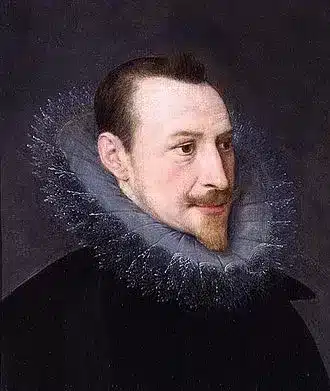
1581
The poet, Edmund Spenser, leases the Castle but never lives in it. Historians speculate that this was because Spenser feared the MacMurrough Kavanaghs.
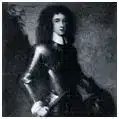
1585
Henry Wallop receives ownership of the Duffry by Royal Appointment. He exploits the dense forests (the Duffry, An Dubh Tír in Irish, meaning “The Black Country”) surrounding Enniscorthy which brings considerable wealth to the town. He then funds the rebuilding of Enniscorthy Castle which we see standing today. Enniscorthy begins to rapidly develop as a plantation town.
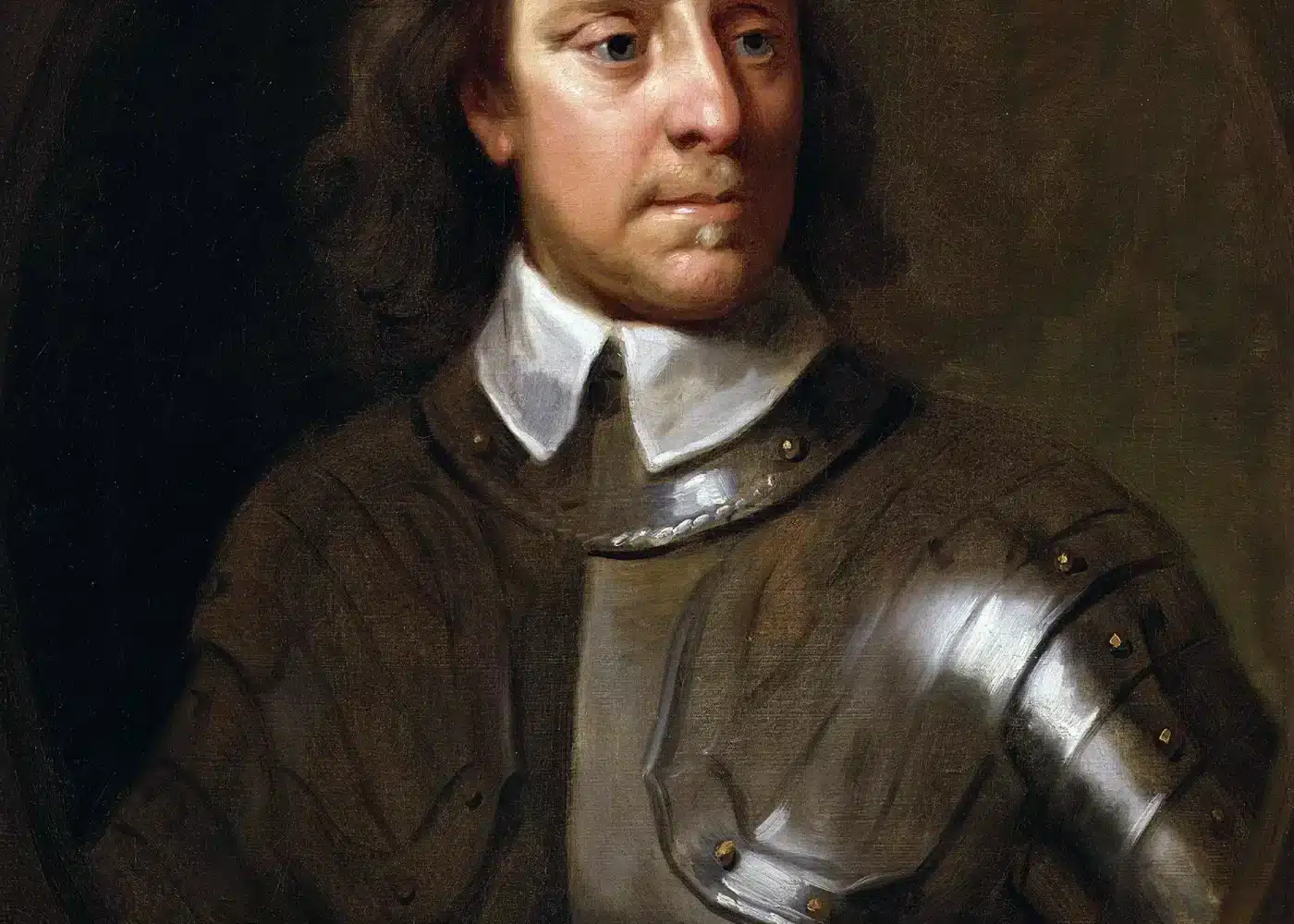
1649
Oliver Cromwell arrives in County Wexford. Enniscorthy Castle is besieged by his forces; its defenders surrender, leaving it intact. In December of the same year the Castle once again fell to the Irish (under Captain Daniel Farrell), but two months later Colonel Cooke, the Governor of Wexford, reoccupied the castle.

1798
The Castle is used as a prison during the 1798 rebellion. The uprising of the United Irishmen against the Crown Forces has a bloody and violent history. The nearby National 1798 Rebellion Centre tells this epic story and is well worth a visit.
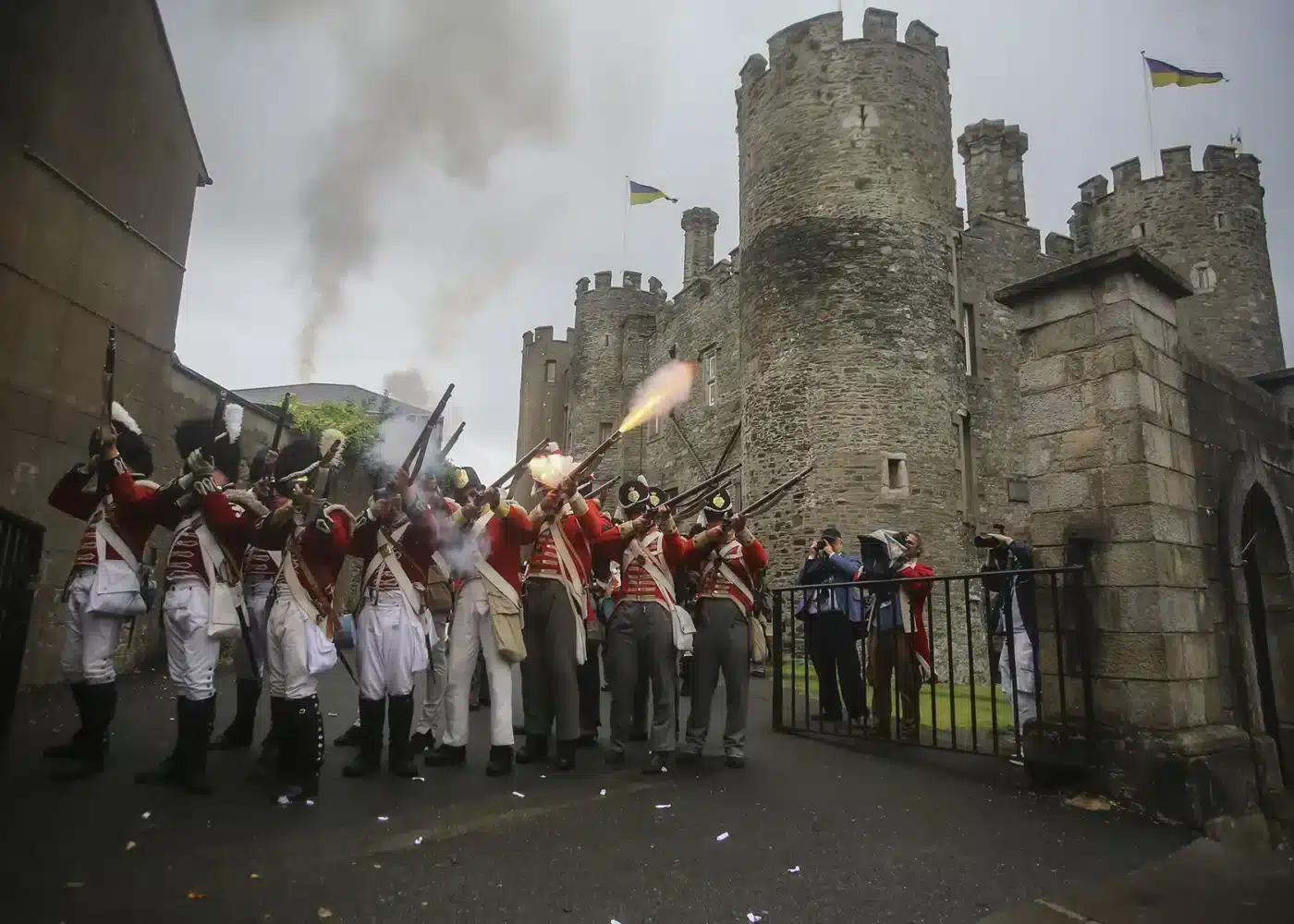
1863
The 5th Earl of Portsmouth, Isaac Newton Wallop Fellowes, occupied the ground floor of the Castle as an estate office. The second floor was a registration office for the diocese of Ferns, while the upper floor was used as a printing office by John Pilkington, who founded the Enniscorthy News.
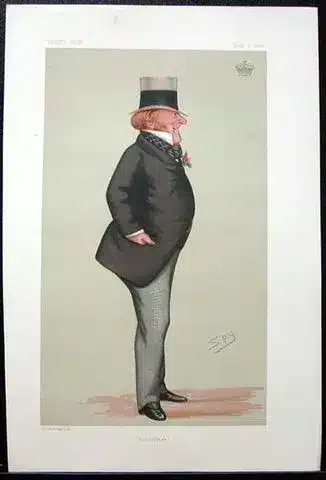
1867
The Castle is used as billet accommodation for extra police who were drafted into the area during the Fenian Rising.
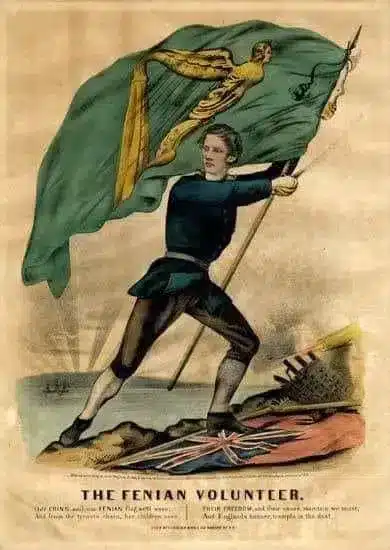
1898
The Castle is leased by Patrick J. Roche, owner of a maltings business in Enniscorthy and New Ross, from the Earl of Portsmouth. P.J. Roche restores and extends the Castle making it into a residence for his son Henry J. Roche and his bride, Josephine Shriver of Philidelphia.

1916
The Roche family is forced to vacate their home as Enniscorthy Castle is occupied by members of the Irish Volunteers during the Easter Rising. The Volunteers hold the town for almost a week before surrendering on May 1st.
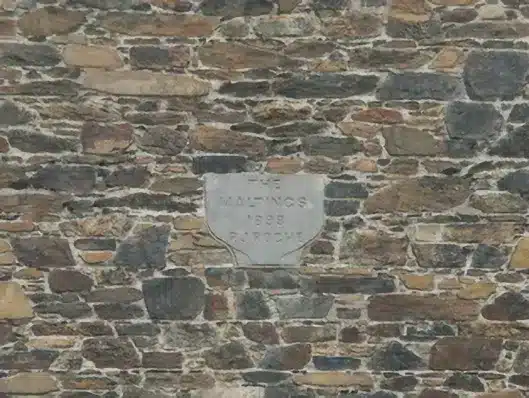
1922
The Roche family vacate the Castle again for a period of time, after it was commandeered by the Free State Army during the Irish Civil War.
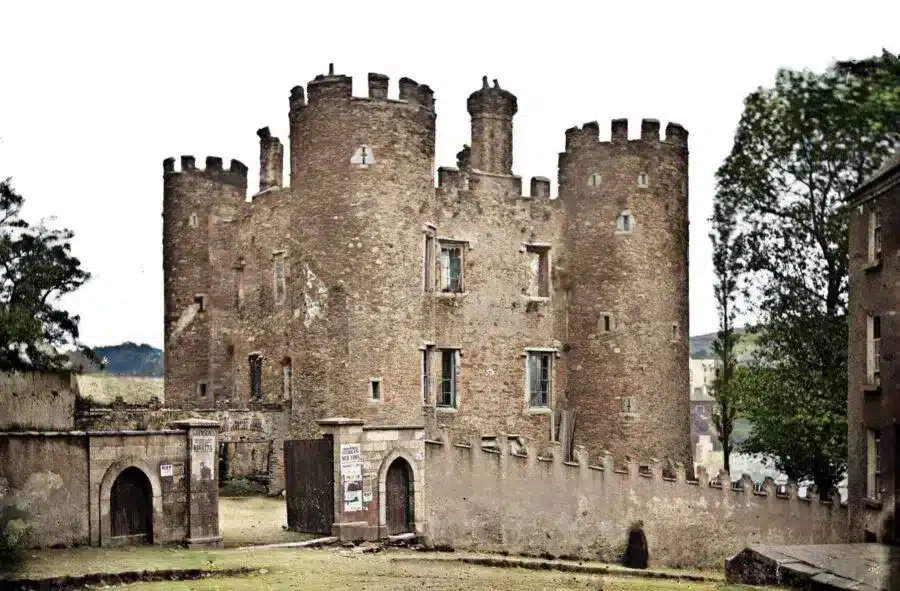
1951
The last member of the Roche family, Dodo Roche, leaves the Castle.

1962
The Castle opens as Wexford County Museum.
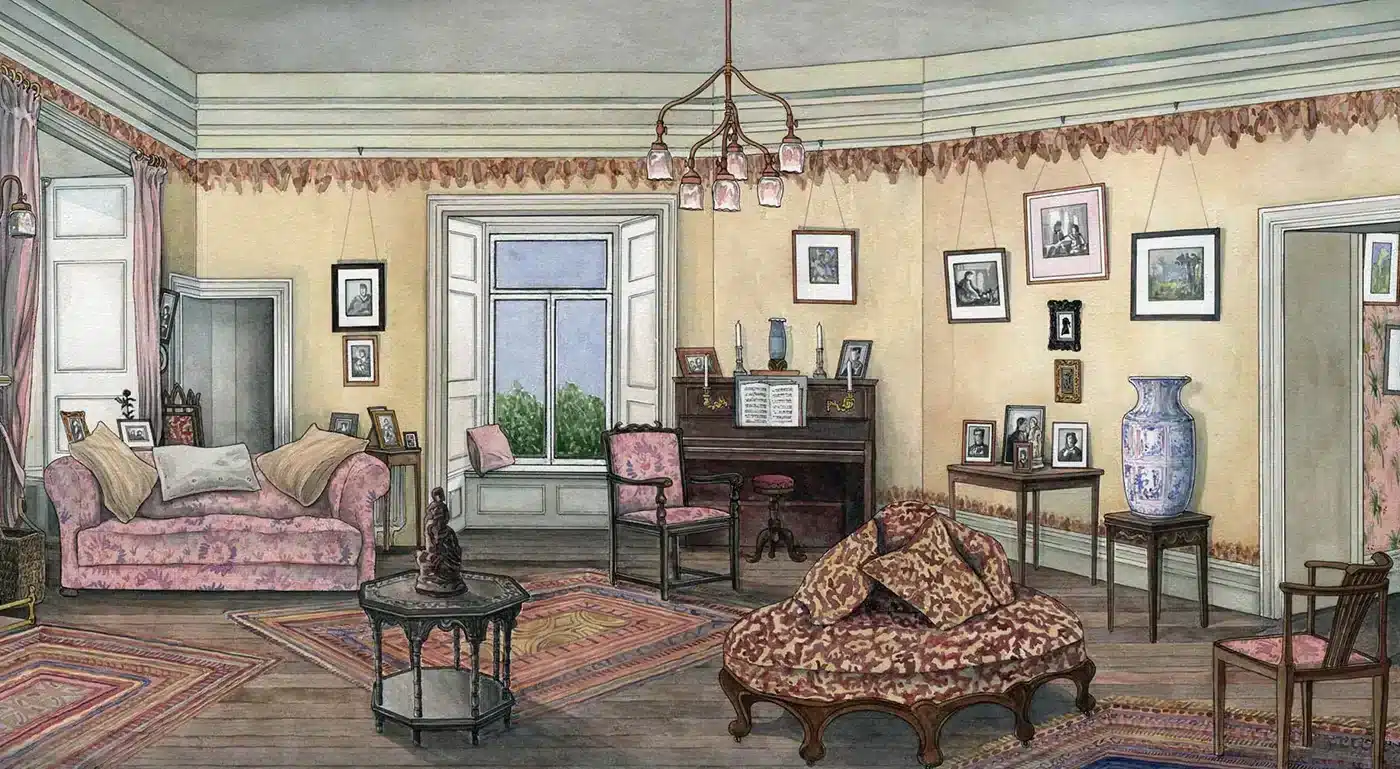
2006
The Castle is closed for major renovations with all artifacts moved to the Wexford County Council Archives.
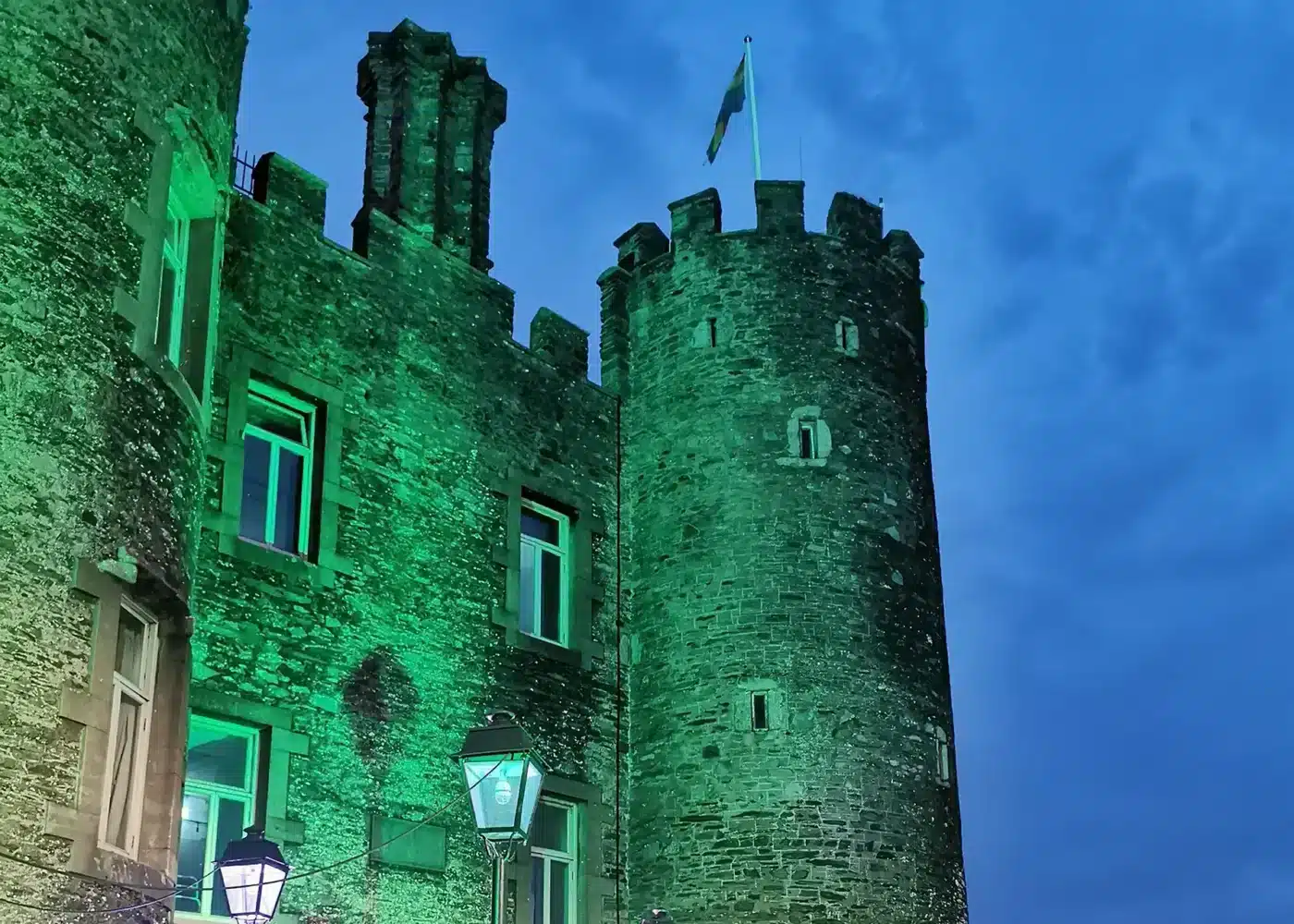
2011
The Castle reopens in May as “A View from the Keep”. The focal point changes from a county museum to depicting the story of the castle, the people and the town of Enniscorthy, through the eyes of the castle, and how both have developed over the centuries.
1190

1375

1569

1581

1585

1649

1798

1863

1867

1898

1916

1922

1951

1962

2006

2011



